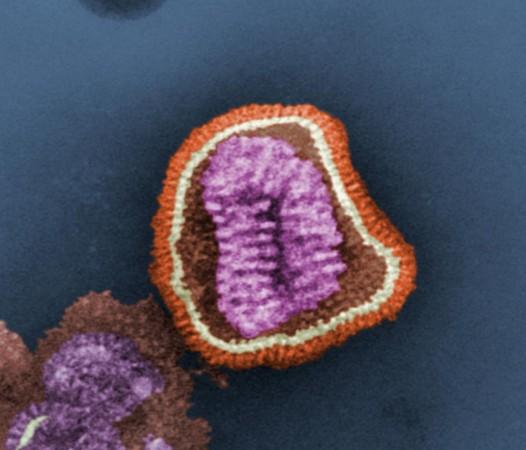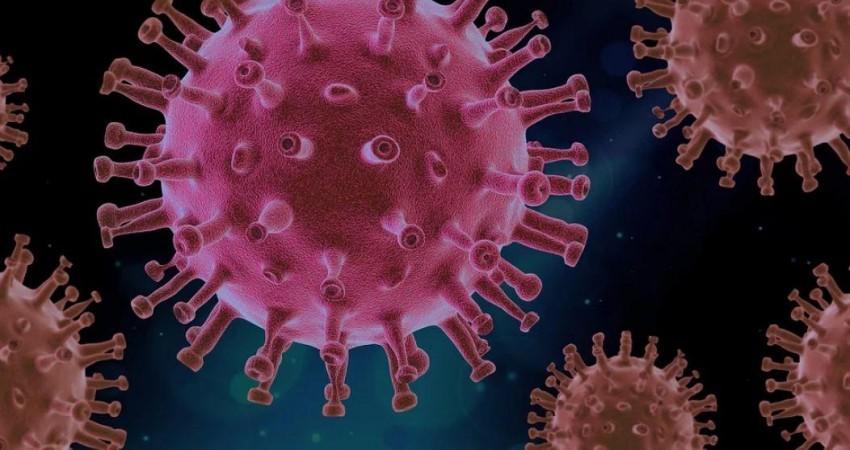With the COVID-19 pandemic making the term 'coronavirus' a mainstay in the common lexicon, it is safe to assume that the world is now familiar with their capacity for destruction. However, a fascinating aspect about viruses, including coronaviruses, is that 'not all infect all'. Now, a new study has found that viruses that infect a wide range of hosts 'prefer' to utilize a particular section of their genome to achieve it.
According to researchers from Bar-Ilan University, 'promiscuous' viruses that infect multiple hosts, significantly use codons—sequences of DNA or RNA which encode amino acids of a specific protein—known as non-optimal codons to become pathogenic across a broad range of hosts. It was found that all coronaviruses 'choose' the usage of such codons in order to maximize the production of their viral proteins.
"Our findings suggest that coronaviruses, with their vast reservoir in many animal species and their promiscuous behavior of infecting multiple hosts, should all be considered potential human pandemic viruses," said Dr. Milana Frenkel-Morgenstern, lead author of the study, in a statement.
Many Viruses, Diverse Choice of Hosts

Viruses are infectious agents that are capable of replication only within living host organisms; sometimes within specific cells of the host. Those viruses that can infect only a single or a limited number of host species are known as specialists. For example, dengue and mumps viruses are capable of infection only in human beings. On the other hand, some viruses can infect a wide range (or multiple) of hosts and are called generalists. Influenza A virus (Orthomyxoviridae) is a generalist that infects multiple hosts/species of birds and certain mammals.
Some coronaviruses such as the porcine CoV, transmissible gastroenteritis virus (TGEV), and feline and canine CoVs can cross-infect cats, dogs, and pigs with varying severity. For the study, the authors compared the genetic code preferences of 496 viruses, including 34 coronaviruses, and 242 corresponding hosts. The aim of the research was to discover patterns that separate 'promiscuous' multiple-host-infecting viruses from viruses that infect a specific or single host. The team assigned a preference score to the analyzed viruses based on their usage of codons.
The authors also calculated the codon adaptation index (CAI) and the effective number of codons (ENC) for all the examined viruses and hosts. CAI is a quantitative measure that specifies how frequently a preferred codon is used amongst genes that are highly expressed. ENC is a measure used to study codon biases—the favored use of certain types of codons over others encoding the same amino acid during protein synthesis—in genes and genomes
Preferring A Codon to Become Pathogenic

Based on the codon usage preference scores, the authors learnt that promiscuous viruses employ non-optimal codons, particularly codons that are associated with 'wobble' binding to anticodons (nucleotides that correspond to specific codons). Wobble binding is the pairing between two nucleotides in an RNA molecule that does not adhere to the rule of base pairing established by the Watson-Crick model.
In comparison, single-host viruses were found to make use of non-optimal codons at significantly lower levels. Most importantly, the team found that all coronaviruses adapt non-optimal codons in order to infect multiple hosts. Nevertheless, rather the being expressed weakly, proteins of the coronaviruses were observed to be expressed highly. This outcome is enabled by a unique 'trick' the coronaviruses employ to mitigate degradation.

The spiked viruses show increased preferences for non-optimal codons at the beginning of their viral coding sequences. And they lack endogenous RNA degradation motifs to a considerable degree (i.e) they lack the RNA structure or sequences associated with the degradation of RNA. This magnifies the efficiency of the translation of viral proteins within the host cells and increases the load of viral messenger RNA (mRNA)—which instructs the host cell to make viral proteins—and the severity of infection.
As the SARS-CoV-2 is a coronavirus, the authors believe that the findings of the study stress the need to consider the pathogen's codon preferences while engineering better inoculations against it. "Our study also highlights that non-optimal codon usage of coronaviruses should be taken into account in SARS-CoV-2 vaccine development, as it may have a further effect on the structure and stability of proteins encoded by SARS-CoV-2," concluded Dr. Frenkel-Morgenstern.









